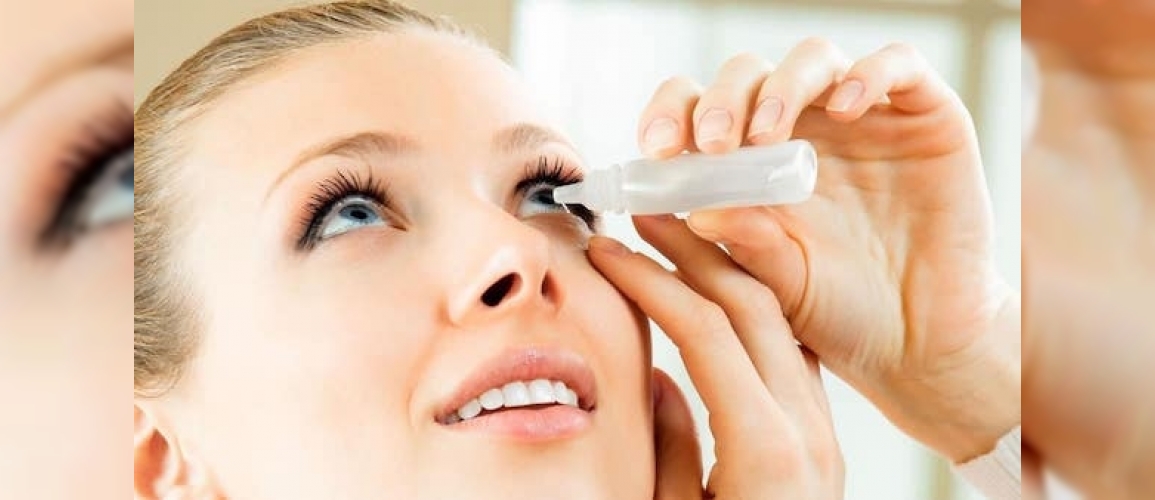With the modern age, developing technology, computers, smartphones, air conditioners, central system heaters and air pollution entering our lives, dry eye has also taken the first place in our list of diseases. Moreover, dry eye is now common at all ages starting from childhood.
Tears not only express our emotions when we feel emotional, sad and happy, but their main task is to nourish the surface of the eye, protect the transparency of the cornea and contribute to the health of our eyes.
There are 2 different tear secretions in the eye: basal and reflex tear secretion.
Basal secretion is the secretion that wets the surface of the eye during the day, circulates between the cornea, conjunctiva and eyelids, which we do not feel but has important tasks. Basal secretion is generally reduced in dry eye.
Reflex tear is the tear secretion that occurs abundantly when we feel emotional, sad and happy.
CAUSES OF DRY EYE
During intensive use of computers and smartphones, the blink reflex slows down, tears are not distributed over the eyes and dryness occurs.
Air pollution, air conditioners and heaters also cause dry eye by reducing the humidity in the air.
Hormonal insufficiency during menopause in older women also triggers dry eye.
Rheumatic diseases, Sjögren's Syndrome, Roacutane-like retinoid derivatives used in the treatment of acne, antidepressants and oral contraceptives, i.e. birth control pills, also cause dry eye.
Blepharitis, inflammation of the eyelash base, also causes dry eye by impairing the quality of tear secretion. The tear formed in blepharitis is of poor quality, evaporates quickly from the eye surface and dryness occurs in the eye. Dry eye is eliminated with blepharitis treatment.
DRY EYE SYMPTOMS
Patients most often
Redness, blood, blurred vision
Burning and burning,
Foreign body sensation,
Fluctuation in vision,
Difficulty opening their eyes when they wake up in the morning
Increased redness or blurriness towards evening in lens wearers
they present with complaints.
FINDINGS
Examination may reveal conjunctival hyperemia, punctate epitheliopathy on the ocular surface, epithelial defects and even corneal ulcers in advanced stages.
Dry eye is a disease that should not be neglected and if it progresses, it can lead to loss of transparency, ulcer and stain formation in the cornea.
TREATMENT
After a detailed examination, the causes of dry eye should be treated first.
If there is blepharitis, blepharitis treatment, if there is rheumatic disease, treatments for this disease relieve dry eye.
Artificial tear drops are used to relieve complaints. However, these only replenish the missing tears, they do not have therapeutic properties.
Omega 3 capsules that trigger tear production and eye drops containing cyclosporine are useful in treatment.
In advanced cases of dry eye, if relief cannot be achieved with medications, first the tear ducts are blocked with temporary punctum plugs so that the tears do not flow into the nose but remain in the eye. Permanent punctum plugs are applied to patients who benefit from temporary plugs.
In recent years, autologous serum and stem cell therapies have yielded encouraging results even in the most treatment-resistant cases of dry eye.



